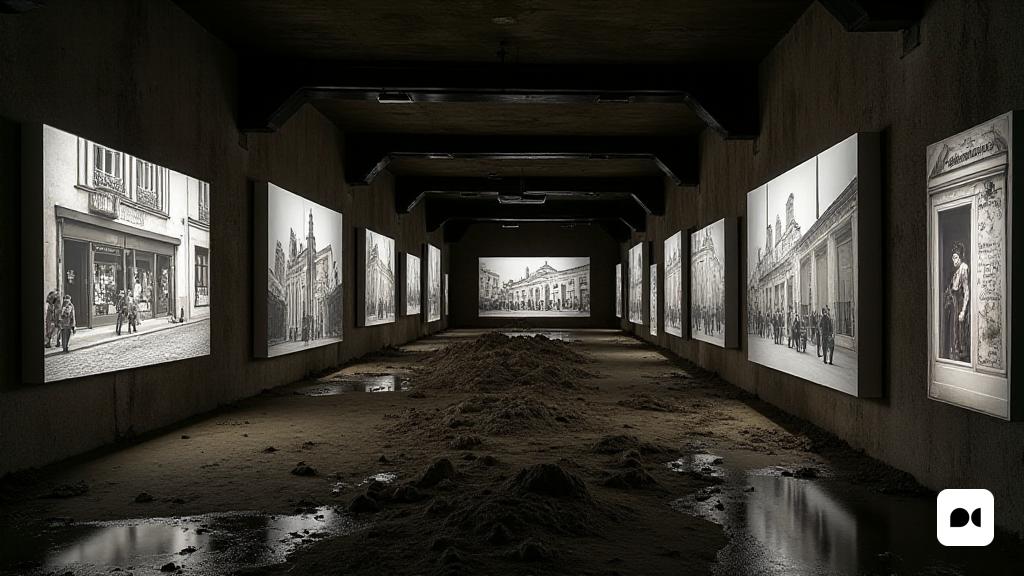A dive into the remains of the past
When you enter the Tàpies Museum, you find a stage that evokes the image of an angel who looks at the remains of a ruined world. The photographs that decorate the walls, portraying the streets of Paris, transport us to a space where time seems to have stopped, as Walter Benjamin proposed with his angel of history. This duality between art and its technical reproduction makes us reflect on the loss of originality and, at the same time, on the democratization of art.
An exhibition that surprises and captivates
With the exhibition entitled ‘Opacitas. Velar la transparency ‘, the museum presents a renowned Catalan artist, Anna Malagrida, who has dedicated her career mainly to France. This exhibition, curated by Patricia Sorroche, brings together a selection of works that cover the first decade of the 21st century, offering a rich and varied visual experience. The layout of the works in three spaces allows to observe both the evolution and the constants in the work of Malagrida.
The transformation of the gaze
Malagrida seeks to challenge our usual perception. Through his work, ‘Showers’ (2008-2009), the artist captures the desolation of closed windows, which, due to the economic crisis, have been covered with an opaque white painting. This layer, called the white of Spain, symbolizes not only the loss of commercial vitality but also the denaturation of urban space. His images become a meditation on beauty in decay, forcing us to rethink our approach to art.
A Dialogue between the Flanders and the Internet user
The Benjaminian reflection on the flâneur is presented as a contrast with our current affairs dominated by technology. While the Flâneur explored curiosity cities, our role has evolved into a passive observer model, where algorithms decide what we see. Malagrida, with his pictures, invites us to recover this lost gaze, transforming each photograph into an object of study that confronts us with the reality that we often avoid.
A reflection on contemporary vision
In a world where transparency is often illusory, Malagrida’s work challenges us to question what we consider true. Its ability to turn ephemeral moments into deep reflections reminds us that photography can be a more powerful tool of perception than the screens around us. The invitation to ’embed the eye’ with white of Spain is transformed into a metaphor for the need to question ourselves on our own gaze.

